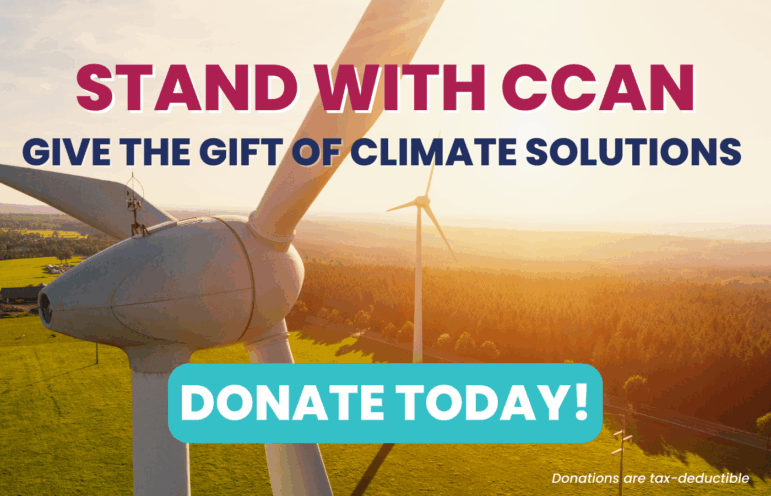
Cross-Posted from: here
I happened to catch the opening part of President Barack Obama’s health care town hall meeting in Bristol, Virginia. At the beginning of these, local politicians are usually acknowledged by the President. So Obama thanks the Virginia Senators and the Governor, and then mentions that the Congressman of this area is Rick Boucher. Now, Obama could leave it at acknowledging Rick Boucher like the others, but instead he goes on an elaboration of energy, saying Boucher was an early supporter of his campaign, and has worked to ensure an energy policy where clean coal is part of Virginia’s energy future, which will create jobs. Because of this, Obama proclaims “I love Rick Boucher.”
Now, as whole I’m a supporter of Obama’s presidency. After 8 years of Bush I’m infinitely happier with Obama as president. I think Obama understands the critical issues around clean energy and climate change. Although he needs to show much stronger leadership and be more vocal with the media, I have considered the stimulus investment, stronger fuel economy standards, as well as his administration’s aggressive behind the scenes arm-twisting over the Waxman-Markey bill(which I support) to be pretty good. At the same time, I’ve criticized his administration over the EPA ruling on mountaintop removal, as well as his stance on clean coal, which is no secret at this point. The tar sands aren’t looking too good either.
But the notion that Obama can stand there and proclaim such outstanding support for a bought out Congressman is absolutely disgraceful and damaging. Not just because of Boucher’s efforts to drain what should be clean energy funding into longshot carbon capture and sequestration. That you would expect Obama to support. It’s the fact that Boucher was the leader on the Energy and Commerce Committee in weakening Waxman-Markey’s emissions targets and he pushed to weaken them any further. It’s that Boucher took a 25% renewable electricity standard and a 15% efficiency standard and turned them into 20% combined together. These were the two biggest weakening effects. Although permit allocations and EPA authority are not at the top of my complaint list, Boucher had a big hand in those tamperings as well. If you could pick one member of the House that’s done the most damage to our efforts to pass a strong climate bill, it’s Rick Boucher. That’s why back in May, I was present at a direct action protest in the halls of Congress, where some blocked Boucher’s office and were arrested. At that event, one of the organizers Mike Tidwell, the director of CCAN and a friend talked about how Obama had all these goals for a good climate bill, and that Boucher was ruining Obama’s plan. If this really was so, Obama would not have such kind words for Boucher.
These kinds of remarks along with the EPA’s inability to block mountaintop removal mining makes me quite perplexed when I hear activists say we should kill the current bill so EPA can work its magic. I seriously doubt EPA would do better even if it moved in a timely fashion and cleared all the legal hurdles.
So, some general points I’m making to take away…
– I wouldn’t bet the planet on the EPA, and I doubt China or India would either. Let’s do our best to get a bill passed and improved out of the Senate that we can take to Copenhagen.
– I don’t like Rick Boucher.
– President Obama is doing some good things and some bad things. However, if he doesn’t adopt a much stronger public stance to pass a Senate bill and get a treaty in Copenhagen, his Presidency will go down in history as a colossal failure despite some of the good things he does.
– You can’t take a stronger public approach if you’re holding hands adoringly with Rick Boucher.
 With everything we’re up against including a coal lobby that forges letters to our congressional leaders, we need to do everything we can this August to strengthen our movement for the fight ahead. That means taking actions like our campaign to collect 1000 handwritten letters to Cardin, but it also means building our community, connecting with one another, having fun.
With everything we’re up against including a coal lobby that forges letters to our congressional leaders, we need to do everything we can this August to strengthen our movement for the fight ahead. That means taking actions like our campaign to collect 1000 handwritten letters to Cardin, but it also means building our community, connecting with one another, having fun. 

 At least six letters sent to Congressman Tom Perriello (D-7th Dist.) from Charlottesville-based minority groups opposing the American Clean Energy and Security Act were forged, the
At least six letters sent to Congressman Tom Perriello (D-7th Dist.) from Charlottesville-based minority groups opposing the American Clean Energy and Security Act were forged, the 

 Solving global warming is not going to happen over night. The lawmakers dealing with climate legislation now are probably not going to be in office in 2050, when we need to have cut our global warming pollution 80%. So a key part of any climate bill is whether it’s built to last – through Congressional terms, Presidents, and generations.
Solving global warming is not going to happen over night. The lawmakers dealing with climate legislation now are probably not going to be in office in 2050, when we need to have cut our global warming pollution 80%. So a key part of any climate bill is whether it’s built to last – through Congressional terms, Presidents, and generations.  That’s why a coalition of heavy-hitting groups including
That’s why a coalition of heavy-hitting groups including 

